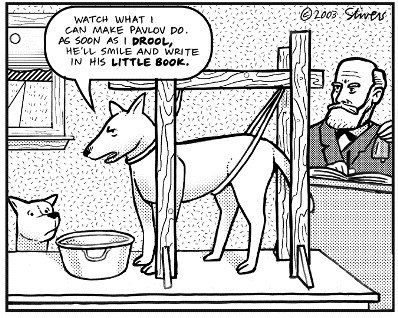Blog Layout
What is ABA and How to Apply it in Everyday Life
Laura Swope • July 2, 2020

What is ABA
ABA is a field of scientific study that is concerned with the improvement and understanding of human behavior. A large body of research exists dating as far back as the first study by Dr. Ivar Lovaas in 1987.(https://www.beca-aba.com/articles-and-forms/lovaas-1987.pdf). This study backed the effectiveness of ABA as therapy for children with autism. Aside from all of that, it's essential to understand that the concepts that drive the field of ABA explain a phenomenon. The phenomenon is how living organisms take information from the external environment through senses and physiological processes, and then we respond accordingly. This phenomenon happens to us, sort of how the law of gravity happens to us every minute of every day, whether you understand it or are conscious of it.
What is Behavior and how it is *INFLUENCED*
Human behavior is everything people do, including how they move and what they say, think, and feel. Tearing open a bag of peanuts is behavior, and so is thinking how good the peanuts will taste once the bag is open. Reading this sentence is behavior, and if you're holding the book, so is feeling its weight and shape in your hands (Cooper, John; Heron, Timothy; Heward, William. Applied Behavior Analysis. Upper Saddle River, NJ. Pearson Education, Inc. 2007, p. 25).
It is important to remember that you can not control someone else; you can only influence them. The best way to influence another person is to change how you respond, which can change the situation. Also, it is essential to remember that behavior is communication. It may not be the best form, but if specific actions continues to occur, it is because it's become the most effective way of getting what they want and need. It may not be efficient, but when a person's behavior accesses reinforcement repeatedly, it becomes established as useful.
Behavior is part of a sequence of events. In ABA, this succession of events is called The ABC's of behavior Antecedent, Behavior, and Consequence. First, something happens in the environment, which causes an organism to act in a certain way. Then, that action produces a result.
Example:
Something happens (Antecedent) - The wind blows, making you cold and uncomfortable, causing you to act (Behavior) in a specific behavior, which could be, putting on a coat. The result (Consequence) of this action is your body warms, and you become comfortable. Note: If you do not warm up after putting the coat on, the next time this situation occurs, you may not put on a coat, but instead go inside or do both. The antecedent evokes a behavior, but it is the consequence that establishes it as a routine action for the situation.
Along with the ABC sequence, behavior is also brought about by five elements: medical conditions, access to attention and tangible items, escape from demands or aversive situations, and self-stimulatory actions. In ABA, we use the acronym SEAT or MEATS if you consider medical conditions a function. A behavior analyst will take ABC data. The ultimate goal is to assess the function (self-stimulatory, escape, attention, tangible and if non of these apply a medical condition could be possible).
How to Apply it
By understanding the above premise and taking on the role of observer, you can pinpoint the antecedent. By changing that one trigger, you can influence the behavior and consequence that follows. In ABA, it's called an Antecedent Intervention.
If there is a behavior that is not serving you or your child, your first course of action is to identify what happens directly before the reaction occurs. The information you get through this process can help you predict that the behavior is likely to occur again. By changing that one trigger, you can change the proceeding course of action. In most situations in my practice, I recommend visual supports (environmental modifications), teaching communication (replacement behavior), and desensitization (slow, systematic exposure to experiences).
